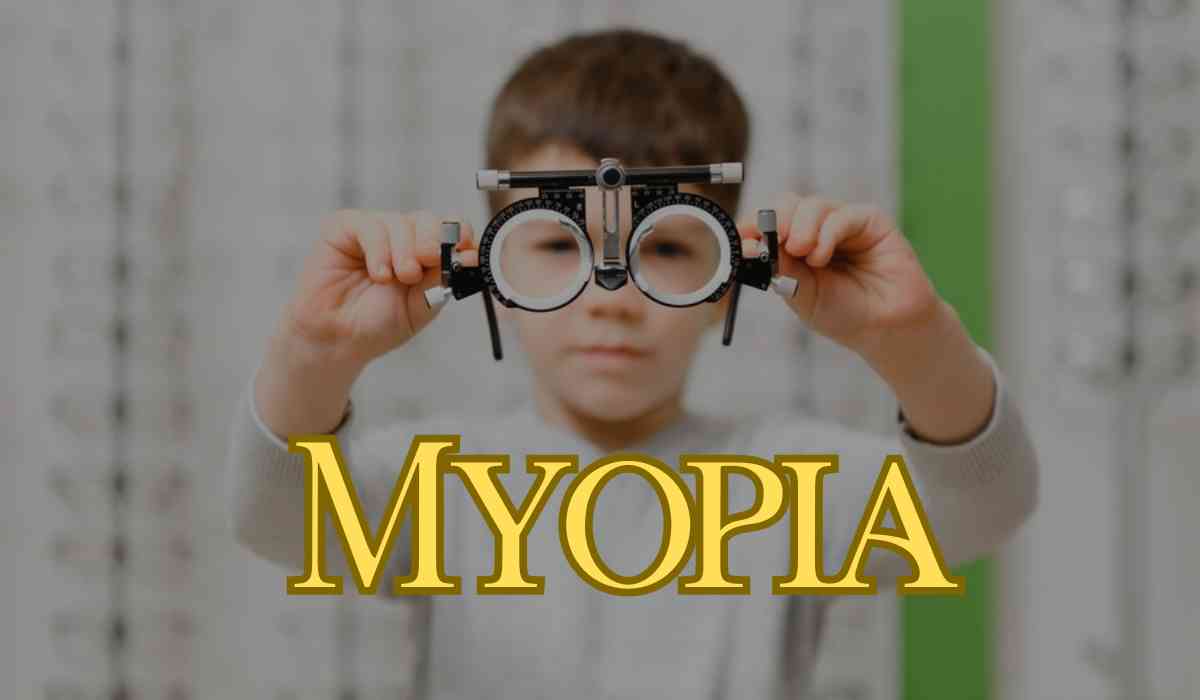Myopia, commonly known as nearsightedness, is a condition of the eyes that affects millions of children worldwide. Experts predict a rise in poor eye sight in children in the coming years. Addressing this issue early is crucial for maintaining healthy eyesight. In this article, we'll explore the causes, risk factors, and preventive measures related to myopia, along with insights into how the digital age impacts children's eye health.
Understanding Myopia
Myopia occurs when distant objects appear blurry, while close objects remain clear. The elongation of the eyeball leads to light focusing in front of the retina, causing this refractive error. Let's delve deeper into the factors driving myopia.
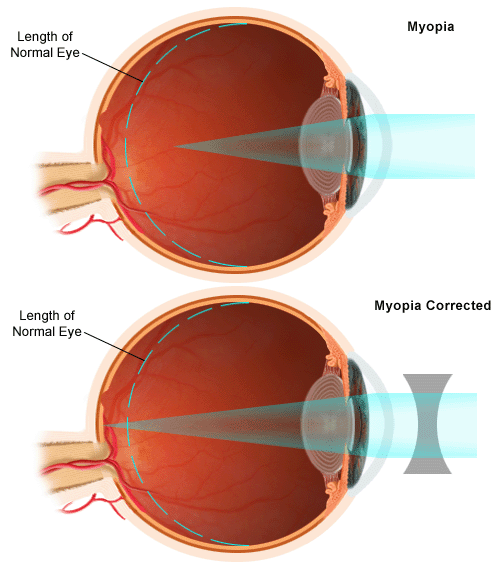
Causes and Risk Factors
1. Screen Time and Sedentary Habits:
► Prolonged screen use, especially for near-focused tasks like reading or using electronic devices, strains the eyes.
► Constant focus on near objects puts extra strain on the accommodative muscle of the eye, contributing to myopia development in children.
► Reduced outdoor activities exacerbate the problem, as natural light plays a crucial role in eye health.
2. Genetics:
► Children with myopic parents are at a higher risk.
► Genetic factors influence myopia development.
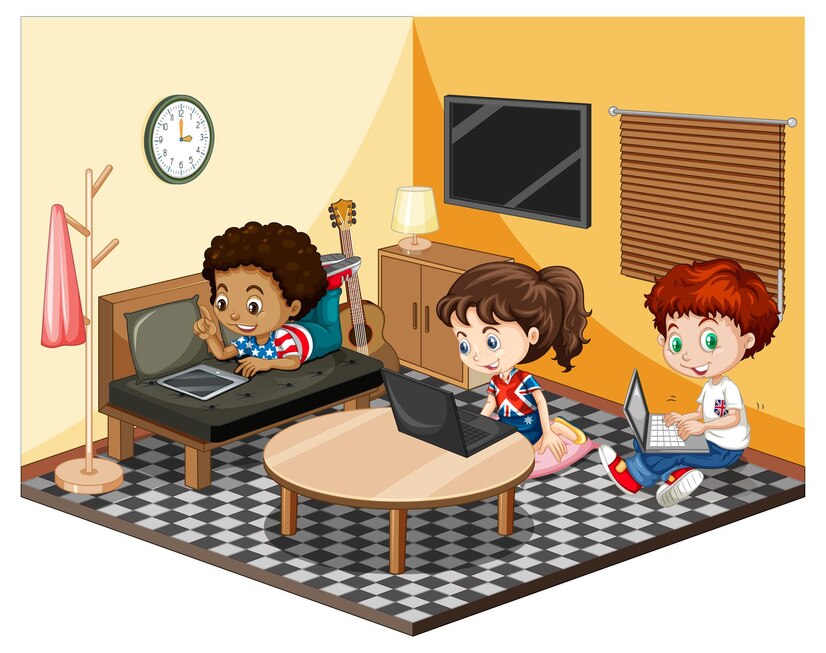
Symptoms of myopia
Common symptoms of myopia include:
♦ Blurred vision when looking at distant objects.
♦ The need to squint or partially close the eyelids to see clearly.
♦ Headaches are due to eye strain.
♦ Sensitivity to bright lights.
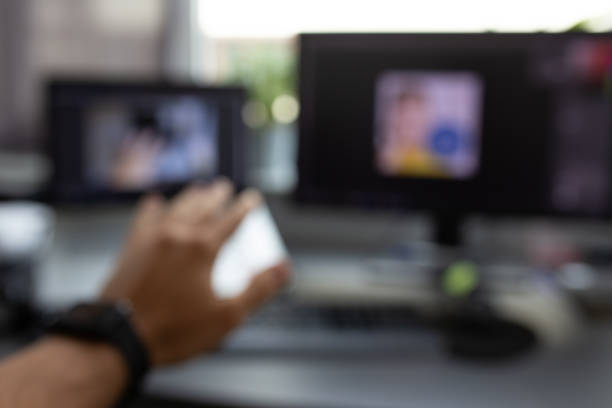
Trouble keeping your eyes open? Health Conditions Associated with Extensive Screen Use
→ Computer Vision Syndrome (Digital Eye Strain):
- This occurs when spending long hours on computers, smartphones, or other digital devices.
- Symptoms include dry, irritated eyes, blurry vision, and headaches.
- Corrective measures involve lubricating the eyes, adjusting posture, and managing screen time.
→ Other health consequences:
- Thrombosis, carpal tunnel syndrome, and mouse elbow: repetitive strain injuries due to prolonged device use.
- Obesity: a sedentary lifestyle associated with excessive screen time.
- Sleep disturbances: blue light exposure affects sleep quality.
- Drowsy driving: fatigue from screen use impacts driving safety.
- Poor personal hygiene: neglect due to excessive screen engagement.
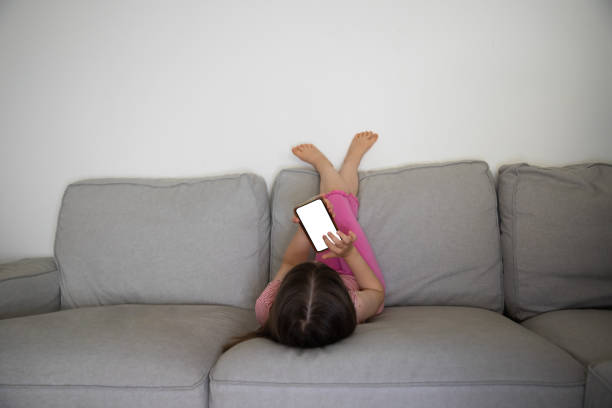
Prevalence and Studies
1. Urban Indian Children:
- A study published by MedIndia predicts that up to a third of urban Indian children aged 5–15 will develop myopia by 2030 due to rising sedentary habits and prolonged screen time.
- Over the past two decades, the incidence of myopia among urban Indian children has tripled, from 4.44% to 21.15%.
2. Global Trends:
- Globally, myopia rates are rising. By 2050, half of the world's population may be myopic.
- Asian countries, including India, face a higher myopia burden. According to a WHO report - World report on vision , it clearly states that;
''The overall prevalence of myopia is highest in high-income countries of the Asia-Pacific region (53.4%), closely followed by East Asia (51.6%)''
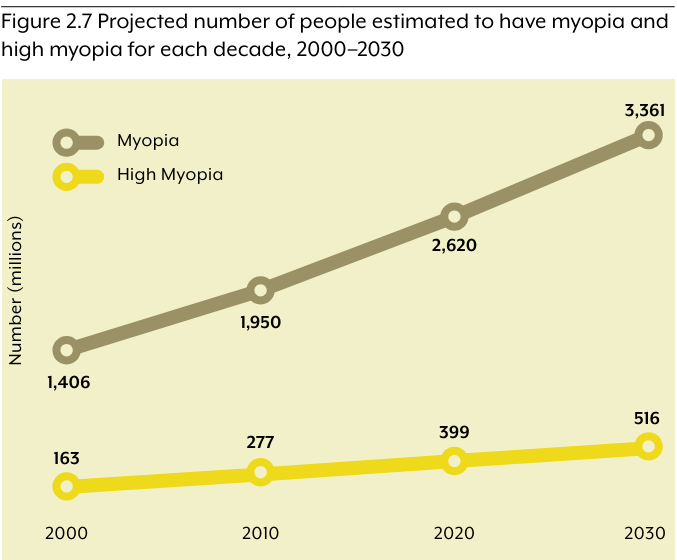
The Digital Age vs. the Past
Remember the good old days? No smartphones, no tablets, not even a screen on the fridge! The only screen we worried about was the cathode-ray tube giants, aka TV, in the living room. Sit too close, and our parents would freak out, convinced blurry cartoons would ruin our eyesight forever. We laugh now, but back then, it was serious business!
Fast forward to today: Screens are like sticky fingers—they seem to be on everything! From phones and tablets to laptops and even gaming consoles, kids these days are surrounded by them. They grow up with these devices practically glued to their hands. Who needs sunshine and fresh air when you have an endless library of funny cat videos, educational apps, and the entire internet at your fingertips?
Well, who is to blame? Sure, our eyes might get tired and blurry sometimes, but at least we have our Vision Pro’s, just let me connect to my WiFi real quick! ‘’Hello, can you hear and see me now? ‘’ - uff. The Simpsons really predicted the Apple Vision Pro 😭 pic.twitter.com/tFVKNbetKu— Complex Pop Culture (@ComplexPop) February 5, 2024
*Fun Fact:
The Simpsons Predicted It: Homer Simpson once wore an Apple Vision Pro in a dream. He saw donuts floating in mid-air and shouted, “D’oh! These donuts are augmented!”. Lisa, being the voice of reason, said, “It lets you do all the things you can do on your phone but makes you look like even more of an asshole than you normally do.” Classic Lisa is on and ready to take on the world from anywhere.
Futuristic Scenario: MINDY and the Screenian Evolution
Now, I get the fact that our eyes are the organs of our body that are seeing the harm done, but what if i tell you, the overuse and this addiction to our phones will have overwhelming effects on your human body? Let's see, in the year 3000, humanity has adapted to the digital age in ways we could never have imagined. Meet MINDY (Machine Intelligence Network for Digital Youths), a 3D model designed by TollFreeForwarding, with the help of scientists and researchers to show people their evolution because of screen-centric lives. Here's a glimpse into how Mindy will look and operate:
1. Hunched-back Humans: Arched Back and Neck
The design and typical user habits of modern tech objects like smartphones and computer monitors have a significant impact on the way we sit and stand.
Consistently adjusting our position to look down at our phones or up at our office screens strains parts of our body that determine our posture.
MINDY's back and neck lean over into her chest due to this constant strain.
2. How Texting Could Mould Our Arms: Text Claw and 90-Degree Elbow
Text Claw: A recently coined condition caused by consistently gripping smartphones and curling fingers into an unnatural position for long periods of time.
Cubital tunnel syndrome: strain at certain points of contact due to how we hold our phones.
MINDY's arm exhibits these changes, reflecting the impact of smartphone use.
3. Shrunken Brain and Second Set of Eyelids
MINDY's brain has adapted to process vast amounts of information, but it's smaller in size due to a reduced need for memory storage.
Her second set of eyelids shields her eyes from excessive screen brightness, allowing her to stay connected without discomfort.
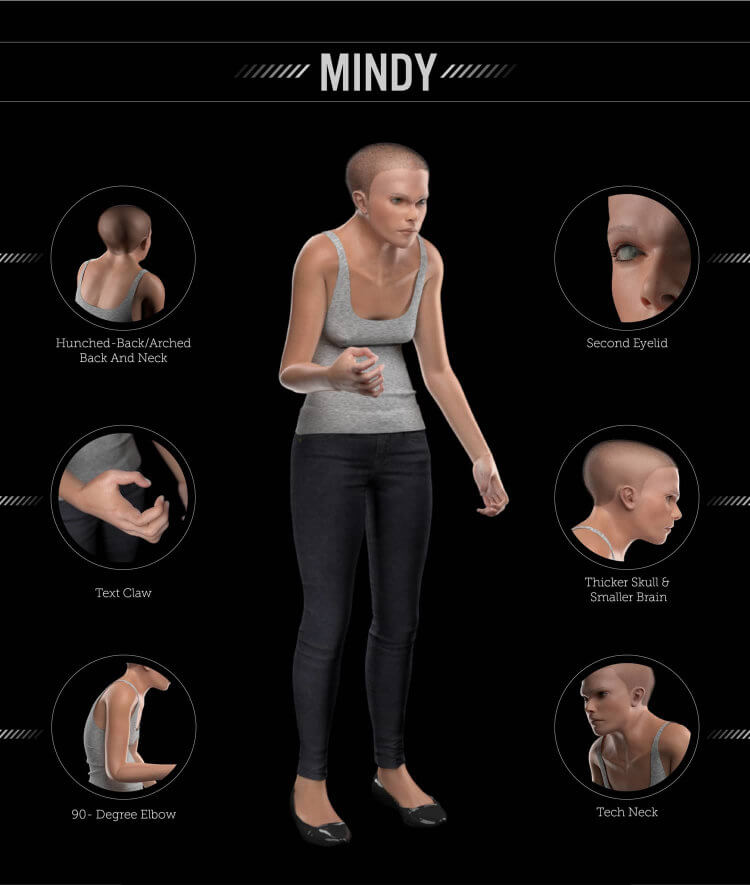
And so, in this screenian evolution, humanity balances progress with adaptation. Mindy guides the way, a digital sage with binary wisdom. As the sun sets (or gradients), Mindy reminds us: Pixels are fascinating, but wonder lies beyond the screen. 🌟
Preventive Measures
Early detection and prevention are crucial to managing myopia. Here are some tips for parents:
- Limit screen time: The American Academy of Ophthalmology recommends the 20-20-20 rule: Every 20 minutes, take a 20-second break to look at something 20 feet away.
- Encourage outdoor activities: Spending time outdoors allows the eye's focusing muscles to relax and may help slow myopia progression. Aim for at least two hours a day of unstructured outdoor play.
- Schedule regular eye exams: Early detection of myopia allows for prompt intervention and management.
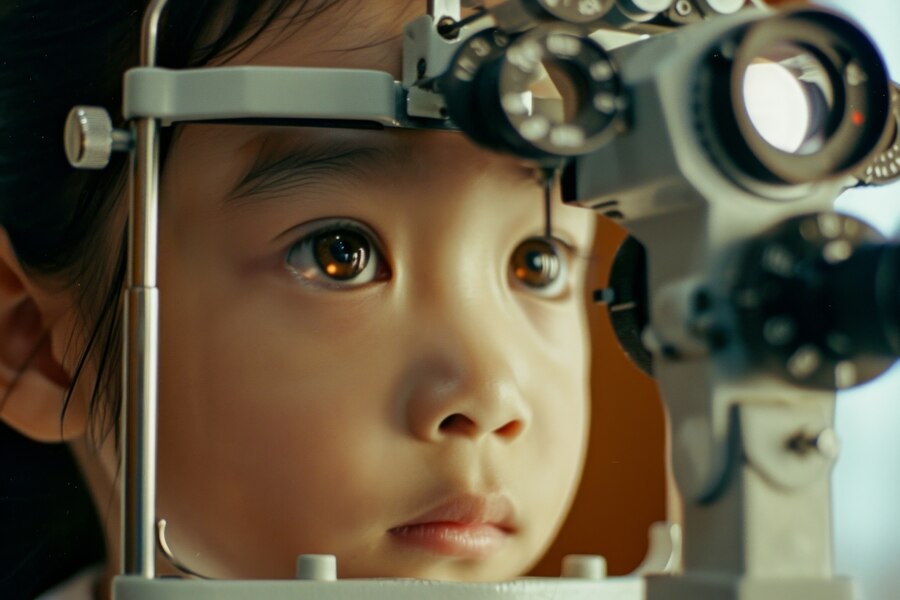
Treatment Options
While modern technologies like blue light glasses and LASIK exist, they are typically considered after other options:
1. Eyeglasses: The simplest and safest method for correcting myopia. They are easy to maintain, but they can be inconvenient for sports or certain activities.
2. Contact lenses: They provide a wider corrected field of vision and may be more comfortable during sports.
3.Refractive Surgery:
- LASIK (Laser-Assisted In-Situ Keratomileusis): reshapes the cornea to correct vision.
- PRK (Photorefractive Keratectomy): removes the epithelium to conform to the cornea’s shape.
- Implantable Collamer Lens (ICL): placed inside the anterior chamber without affecting the cornea.

Remember, maintaining a balance between screen time and outdoor activities is crucial for children's eye health in this digital age! 'Go outside and live a little'; I said to my little brother while sitting on my desk and finishing this. Oh well :)
inputs from various agencies
Media inputs: various sources
ⒸCopyright 2024. All Rights Reserved Powered by Vygr Media.

